Buy this landscape artwork Heap of salt by Sebastiaan Bergacker on canvas, ArtFrame, poster and wallpaper, printed on demand in high quality.
About "Heap of salt"
by Sebastiaan Bergacker
About the artwork
Bolivia's salt flats, known as Salar de Uyuni, are the largest salt flats in the world, covering an area of about 10,582 square kilometres. Located in southwestern Bolivia, at an altitude of about 3,656 metres above sea level, this vast white plain offers a surreal and breathtaking landscape.
Created by the evaporation of prehistoric lakes, Salar de Uyuni consists of a thick crust of salt, which can be up to 10 metres thick in some areas. Beneath the salt crust there is a huge amount of lithium, which also makes the area economically very important. The reflective properties of the salt flats create a mirror-like effect when covered by a thin layer of water, resulting in a surreal and beautiful spectacle that attracts photographers and tourists from all over the world.
During the dry season, the salt flats resemble an endless, white desert, while the wet season creates a huge mirror that reflects the sky and clouds. Visitors can enjoy tours that take them to remarkable sights such as the Isla Incahuasi, an island covered with giant cacti, and the salt mines where workers still extract salt by traditional methods.
Salar de Uyuni is not only a natural wonder, but also a unique destination that leaves a lasting impression because of its beauty and the unique experiences it offers. Whether admiring the mirror-like landscape or exploring the extraordinary flora and fauna, Bolivia's salt flats are a must-see for any traveller.

About Sebastiaan Bergacker
My name is Sebastiaan Bergacker and I was born in 1982. Travel and photography are my greatest passions in life. I feel an irresistible urge to discover new destinations, explore distant lands and capture the world through my lens.
Travelling gives me a sense of freedom and adventure. It takes..
Read more…
 Germany
Germany Ordered in August 2025
Ordered in August 2025
 Netherlands
Netherlands Ordered in September 2019
Ordered in September 2019
 Germany
Germany Ordered in November 2021
Ordered in November 2021
 Netherlands
Netherlands Ordered in July 2025
Ordered in July 2025
 Germany
Germany Ordered in February 2021
Ordered in February 2021
 Germany
Germany Ordered in July 2019
Ordered in July 2019
 Germany
Germany Ordered in January 2025
Ordered in January 2025
 Germany
Germany Ordered in June 2025
Ordered in June 2025
 Germany
Germany Ordered in April 2019
Ordered in April 2019
 Netherlands
Netherlands Ordered in December 2024
Ordered in December 2024
 Germany
Germany Ordered in June 2020
Ordered in June 2020
 Germany
Germany Ordered in September 2020
Ordered in September 2020
About the material
ArtFrame™
Interchangeable Art Prints
- High-quality print
- Easily interchangeable
- Acoustic function
- Large sizes available
Discover the artworks of Sebastiaan Bergacker
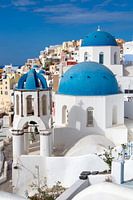 Oia - SantoriniSebastiaan Bergacker
Oia - SantoriniSebastiaan Bergacker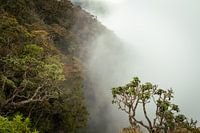 Fog in the jungle - Sri LankaSebastiaan Bergacker
Fog in the jungle - Sri LankaSebastiaan Bergacker Oia - Greece at sunsetSebastiaan Bergacker
Oia - Greece at sunsetSebastiaan Bergacker Wilhelminapier from the rhine harbourSebastiaan Bergacker
Wilhelminapier from the rhine harbourSebastiaan Bergacker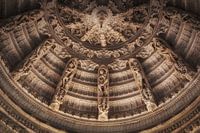 Ranakpur Jain TempleSebastiaan Bergacker
Ranakpur Jain TempleSebastiaan Bergacker Camels in the Thar desertSebastiaan Bergacker
Camels in the Thar desertSebastiaan Bergacker Lighthouse of SantoriniSebastiaan Bergacker
Lighthouse of SantoriniSebastiaan Bergacker Bouvigne CastleSebastiaan Bergacker
Bouvigne CastleSebastiaan Bergacker Cactus ValleySebastiaan Bergacker
Cactus ValleySebastiaan Bergacker Dakar Bolivia MonumentSebastiaan Bergacker
Dakar Bolivia MonumentSebastiaan Bergacker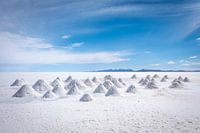 Heap of saltSebastiaan Bergacker
Heap of saltSebastiaan Bergacker Bolivia's Altiplano in PicturesSebastiaan Bergacker
Bolivia's Altiplano in PicturesSebastiaan Bergacker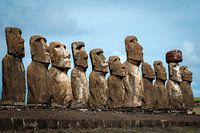 Ahu TongarikiSebastiaan Bergacker
Ahu TongarikiSebastiaan Bergacker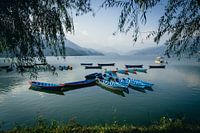 Phewa Lake, PokharaSebastiaan Bergacker
Phewa Lake, PokharaSebastiaan Bergacker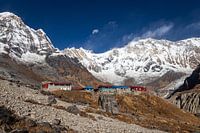 Annapurna Base CampSebastiaan Bergacker
Annapurna Base CampSebastiaan Bergacker Bouvigne CastleSebastiaan Bergacker
Bouvigne CastleSebastiaan Bergacker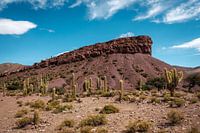 Cactus ValleySebastiaan Bergacker
Cactus ValleySebastiaan Bergacker Weir at MaurikSebastiaan Bergacker
Weir at MaurikSebastiaan Bergacker Sunrise at Bouvigne CastleSebastiaan Bergacker
Sunrise at Bouvigne CastleSebastiaan Bergacker ReflectionSebastiaan Bergacker
ReflectionSebastiaan Bergacker
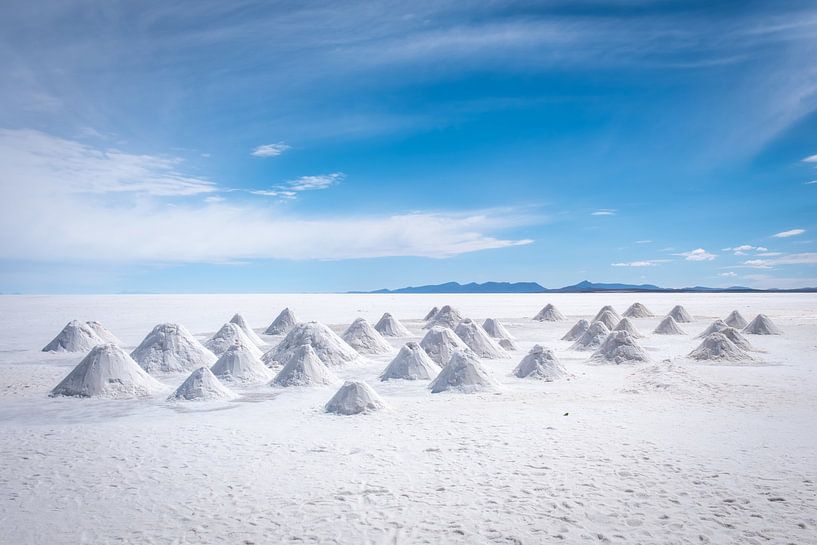












 Bolivia
Bolivia Countries & Travel
Countries & Travel Desert
Desert Landscapes
Landscapes Photo wallpaper
Photo wallpaper Photography
Photography Serene Peace
Serene Peace









